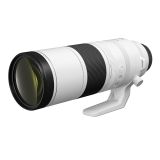Behind the Lens: Testing the Canon RF 200-800mm f/6.3-9 IS USM
Colin Lucas, photographer and Canon Professional Services supervisor shares his first thoughts on the Canon RF 200-800mm f/6.3-9 IS USM as he ventured across Melbourne Botanic Gardens and Melbourne Zoo, capturing feathered and furry creatures along the way. Colin breaks down the camera settings he used to ensure crisp photos from unpredictable subjects.
I have been looking forward to trying the new RF 200-800mm f/6.3-9 IS USM lens since its announcement last year. During a recent work trip to Melbourne, I was finally able to give it a test whilst on breaks from working.
Birds in flight at the Melbourne Botanic Gardens seemed like an ideal place to test out the lens. This is an affordable lens and as such it is limited to an f/9 aperture at the 800mm end. So, I timed my shoot with some nice afternoon light, to ensure ideal shooting conditions. It did not take long to realise that the lens was capable of producing stunning images.
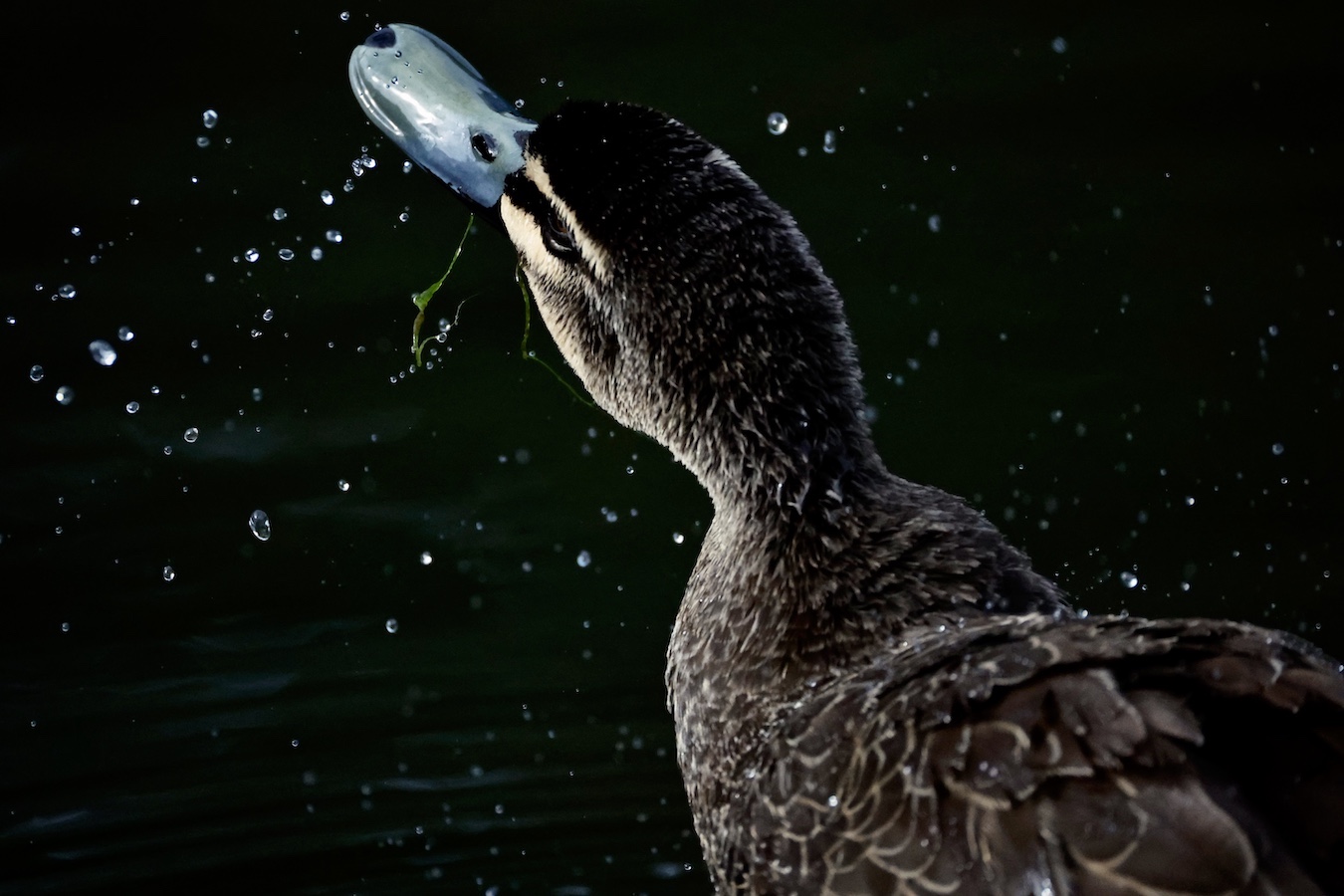

Image by Colin Lucas
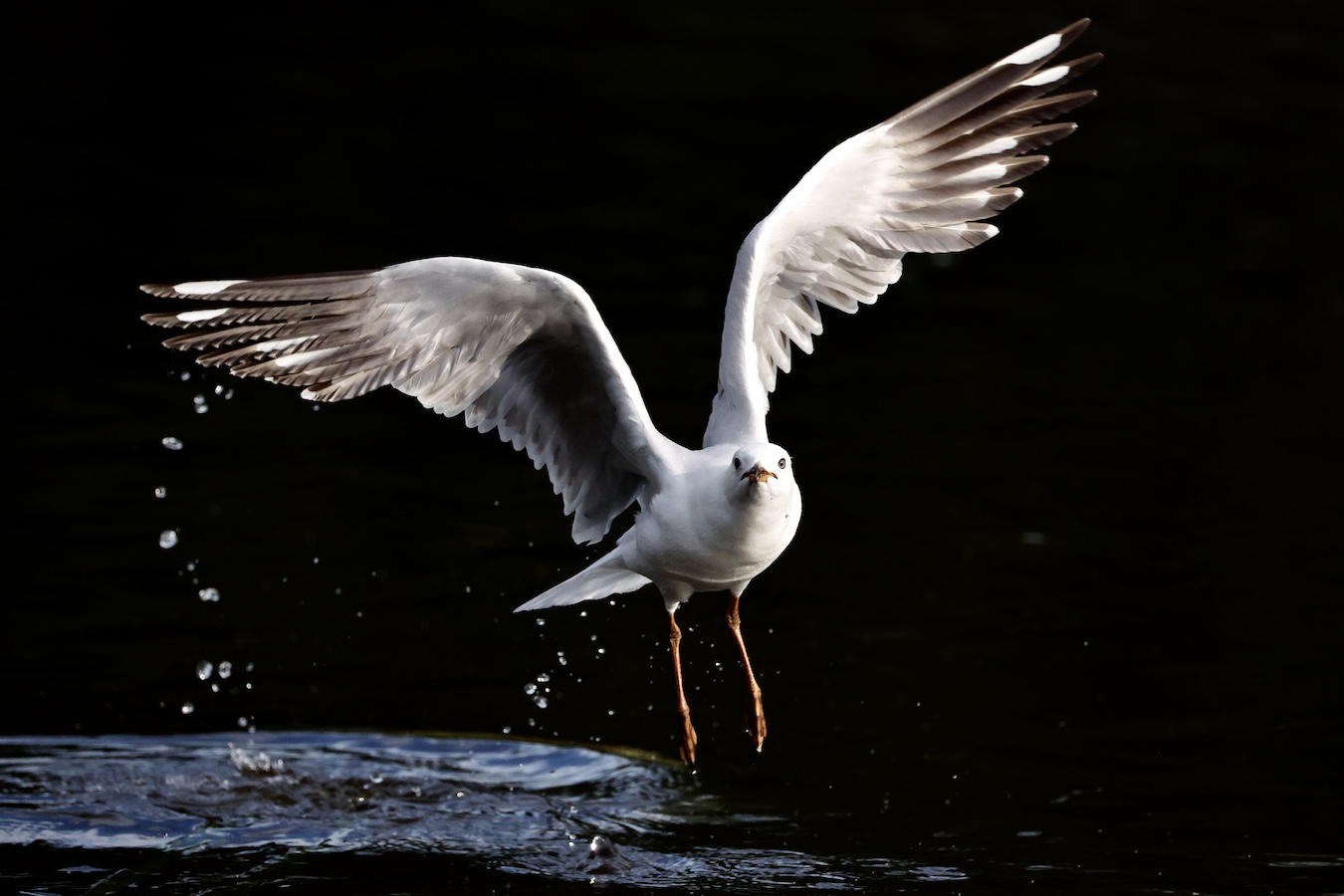

Image by Colin Lucas
I also managed to shoot some video and found the Image stabiliser to be very impressive. At 800 mm I was able to get stable footage handheld.
I was using an EOS R3 and found the AF performance to be impressive. I shoot with the RF 100-500mm F4.5-7.1L IS USM regularly and found the AF a little less reactive with the RF 200-800mm. This is of course to be expected in a non-L series lens vs an L series lens.
This discovery, however, was quickly mitigated. I had been using the AUTO servo case (I use that 90% of the time) but figured the f/9 lens could benefit from using a more “reactive” servo case. This would help acquire the subject quicker and react to the erratic change in flight the birds were making. So I chose servo case 4 within that case and extended the tracking sensitivity to + 2.
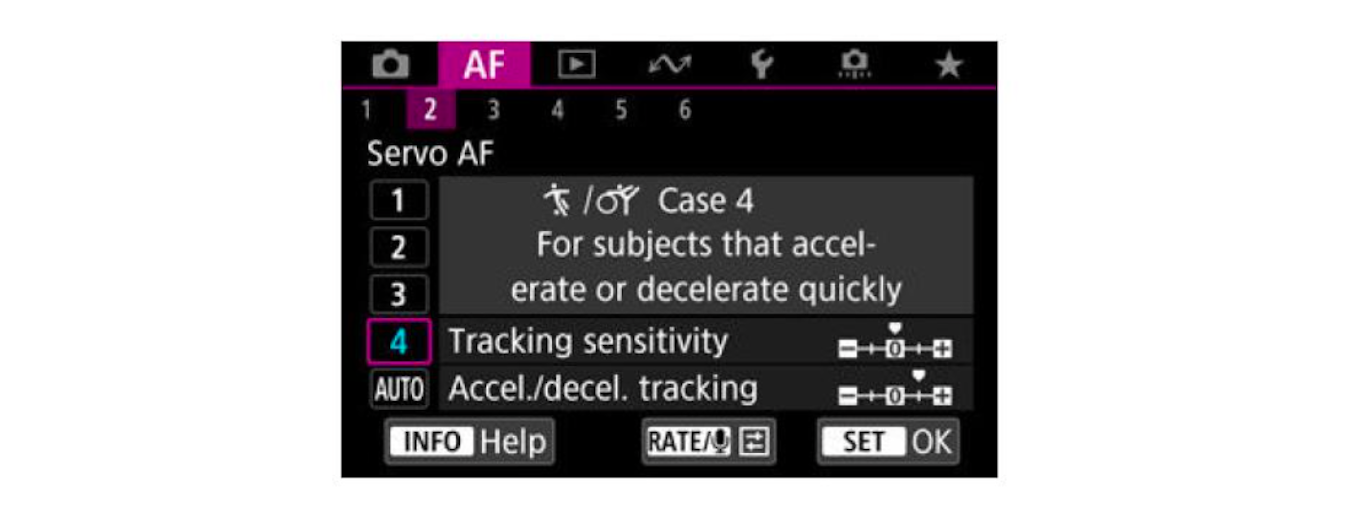

Camera Setting Breakdown
A bit more on my settings – For birds in flight I always shoot like this. (R3):
- AF OPRERATION: SERVO
- AF AREA: WHOLE AREA (90 % of time)
- SUBJECT TRACKING: ON
- SUBJECT TO DETECT: ANIMAL
- EYE DECTECTION: ON
- SWITCHING TRACKED SUBJECTS: ZERO (Initial priority)
- SERVO CASE: AUTO (But if it is too reactive and leaving subject, switch to case 2 and set tracking sensitivity to -2 locked on. If it is not reactive enough, switch to case 4 and extended the tracking sensitivity to + 2.
- MAKE SURE PRVIEW AF: DISABLE
- LIMIT AF AREA TO: Spot AF, Flexible Zone 1, Whole Area AF. Then in customized controls - set up this short cut to the Depth of field button, to quickly toggle between these 3 AF areas as desired:
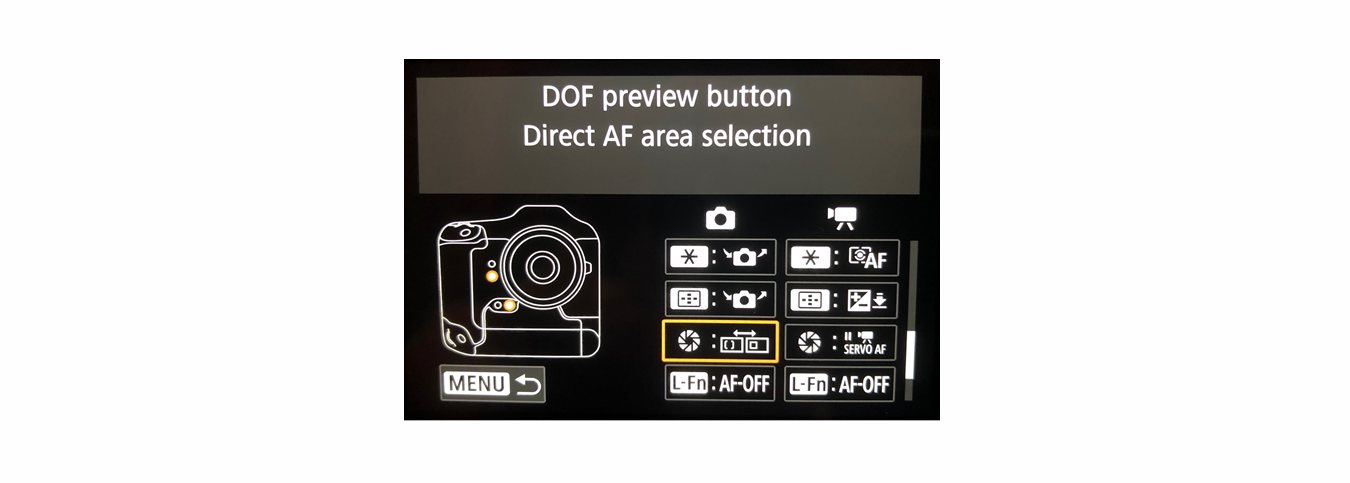

1. Back AF button for focus. Remove AF from the shutter button in customized controls.
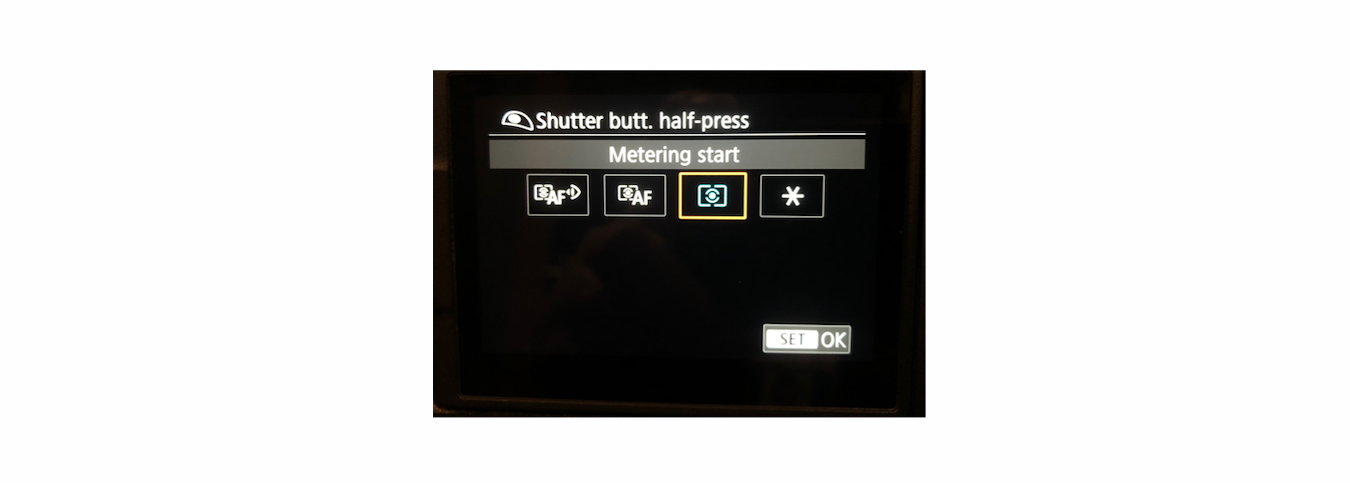

2. TV Shooting mode (Shutter Priority) paired with SAFETY SHIFT linked to ISO.
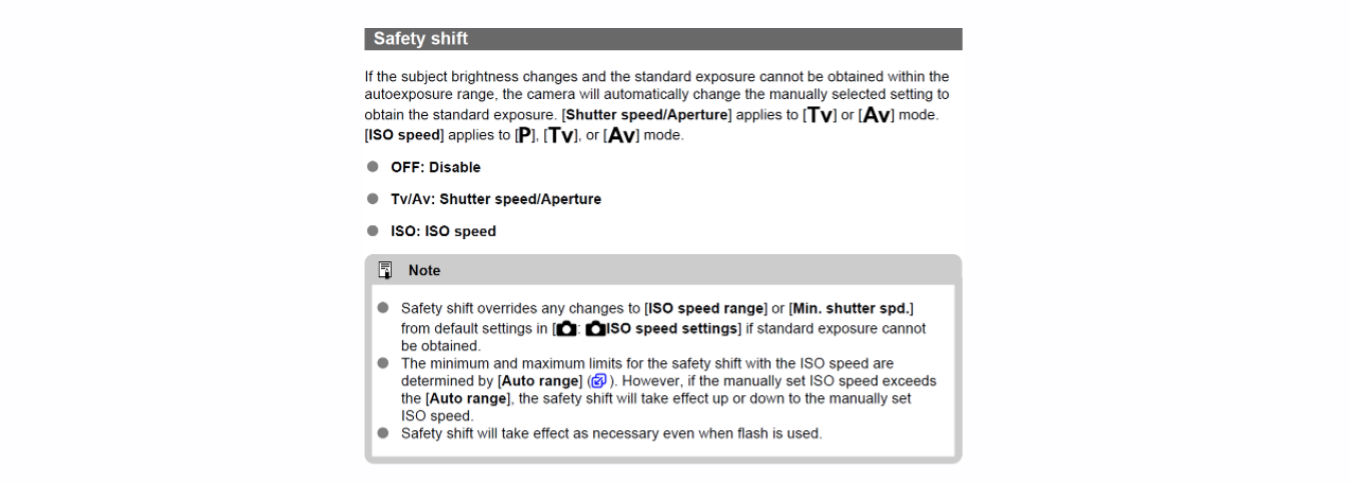

3. Starting point settings on sunny day and good light: 1/4000th Second, ISO 1250, EV – 2/3 (for 200-800 with R3). If the scene gets too dark, Safety shift will kick in and temporarily raise the ISO to compensate.
Final Shoot
On another day off, I headed to Melbourne Zoo. I knew the 200-800mm would be a great range for a zoo shoot. It did not disappoint!
This lens allows shots I could not have got with the RF 100-500mm L. I also feel the RF 800 mm f.5.6 L would be too big and cumbersome for walking around a zoo for a couple of hours.
Having 800mm of reach in a lens that can be handheld was a joy.
I did use a small monopod but did not use it half the time as hand holding for small period was no issue for me.
Fine details of elephant skin and close up of a tiger’s head made for great images.
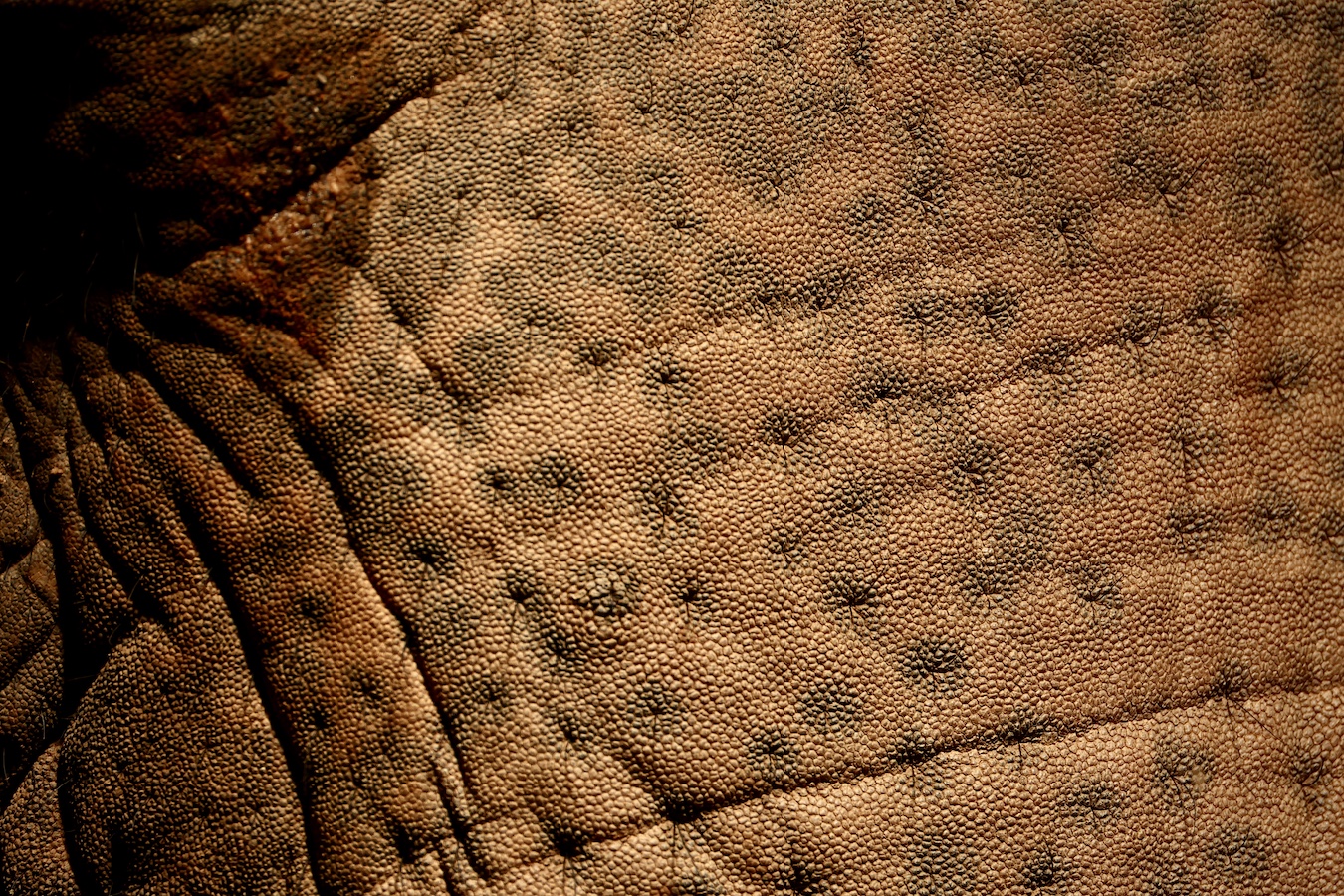

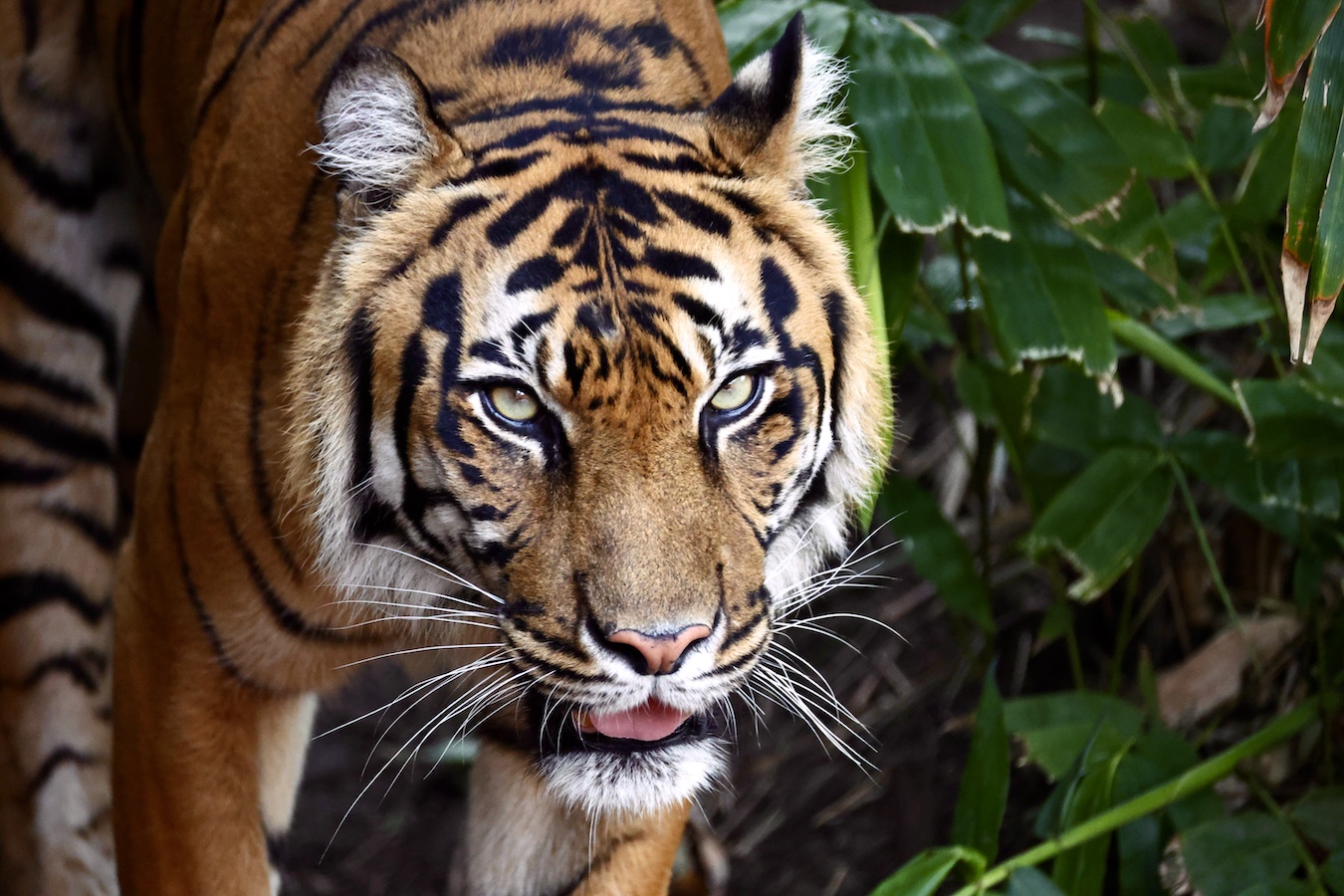

Images by Colin Lucas
Interested in trying the lens for yourself? Reach out to our SUNSTUDIOS Sales Team to find out more.
Images by Colin Lucas

